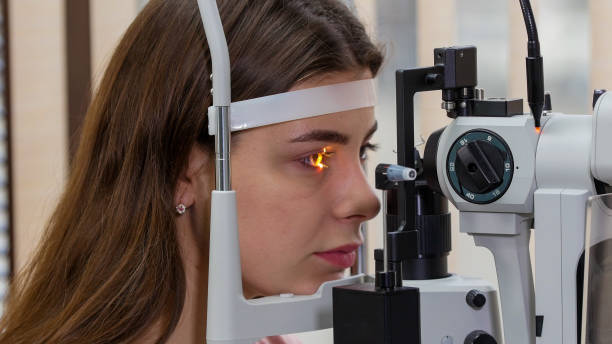
ORBITAL DECOMPRESSION SURGERY
- Treats proptosis (bulging eyes) by removing bone and/or fat.
- Increases space for eye muscles/tissue, reducing proptosis.
Types of surgery
- Lateral wall decompression: Incision in outer eyelids, bone removal.
- Medial (inner) wall decompression: Incision behind inner corner of eyelids or through the nose.
- Orbital floor decompression: Floor portion removal via lateral or medial wall approach.
- Balanced two-and-a-half wall decompression: Combines medial and lateral walls and orbital floor.
- Fat decompression: Removal of increased orbital fat.

POTENTIAL RISKS AND COMPLICATIONS
Major surgery with risks:
- Rare infection and bleeding
- CSF leak
- Fine line scar hidden in outer corner eyelid lines.
- Upper and lower eyelid swelling.
- ‘Wobble’ vision on eating (oscillopsia).
- Rare new onset double vision.
- Extremely rare blindness.
PREPARATION FOR THE SURGERY
- Avoid aspirin, aspirin-type medications, or anti-inflammatory medicines for three weeks before surgery.
- Stop blood-thinning medications as advised by GP or cardiologist.
- Surgery usually performed under general anaesthetic.


AFTER SURGERY CARE
- Eye pads placed over operated eyes, removed the next day.
- Mild pain relief medication recommended
- Sleep on an extra pillow
- Take at least two weeks off work.
- Avoid nose-blowing, flying, and scuba-diving for three weeks.
- Avoid driving if experiencing new or worsening double vision.
- Temporary drainage issues with medial wall decompression.
Further surgery after orbital decompression?
- Possible during the second phase for severe cases or unmanageable symptoms.
- Double vision after orbital decompression?
- May improve but often persists. Eye muscle surgery may follow decompression surgery. Patching one eye or using a prism in glasses can help.

